If you were to look back 100 years or so and compare your childhood with a child of that time, how different would it be?
Very different, as Elspeth Wilson found out when she studied the history of her home village of Ardersier near Fort George on the Moray Coast.
Elspeth was born in the 1950s, a good time to be a child in Britain.
The Second World War was over, austerity was giving way to better times and education and medical care were free.
But in 1850s Ardersier, there was no state social security; education and medical care had to be paid for. If you fell on hard times, the poor house in Nairn was a reality.
Elspeth started delving into Ardersier’s past in 1988, long after she left the village.
She was doing a Scottish Historical Studies course at Glasgow University, and to aid her studies was offered free access by Earl Cawdor to all the records of the Cawdor estate to which the village of Ardersier belonged.
Life rolled on for Elspeth, who brought up her family near Glasgow.
Arrival of Australian cousin in Ardersier prompted research
But the arrival two years ago in Ardersier of a cousin, Les Connolly from Australia, prompted Elspeth to revisit the village and reconnect with her sense of belonging and earlier life there.
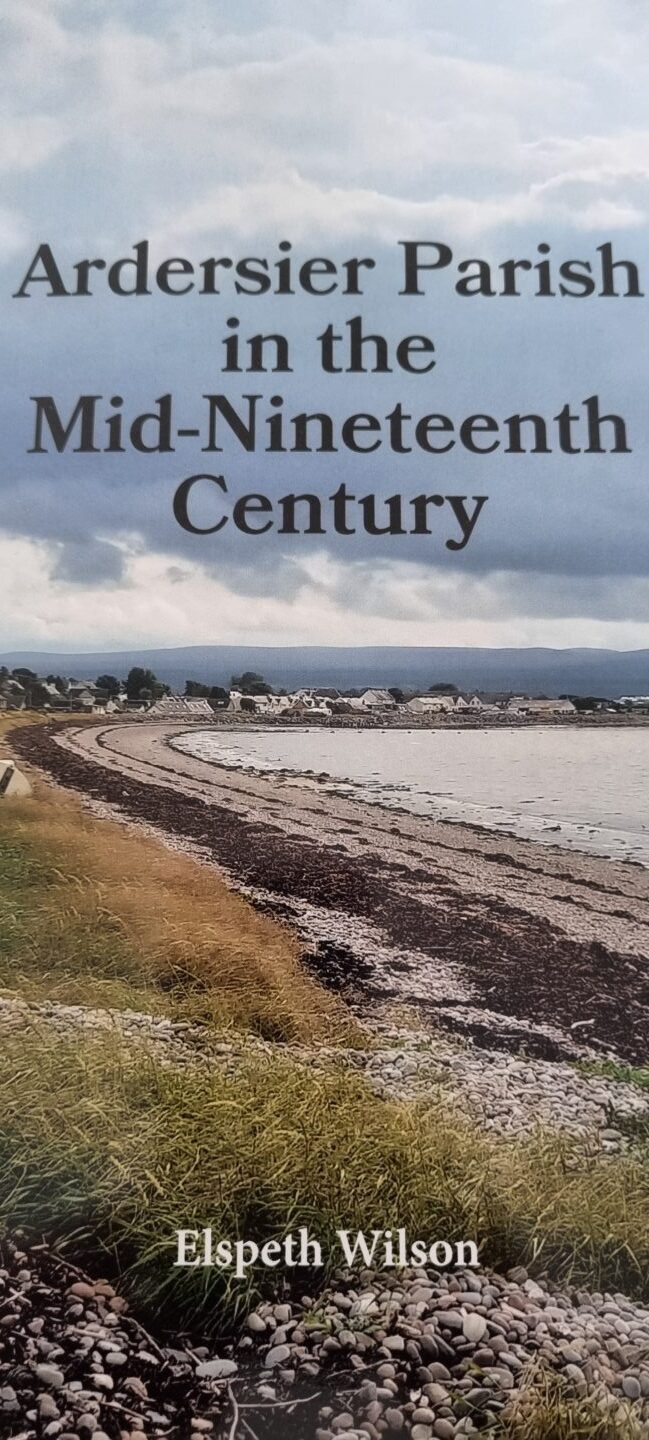
She decided at that point to make her manuscript accessible for anyone interested in Ardersier, and has turned her thesis into a glossy book, Ardersier Parish in the Mid-Nineteenth century.
Fishing was one of the main occupations – herring mainly, and salmon.
Whitefish were caught for sale within the community.
Life was hard
Life was hard at that time. Elspeth quotes from Peter Anson’s book, Fishing boats and Fisher folk on the East Coast of Scotland:
“Fisher life at Ardersier was very primitive and unsophisticated. The women were as strong and hard-working as the men. They baited the lines and carried the fish in creels on their backs to market at Inverness [10 miles away!].
“They chewed tobacco at all times when not working and were remarkable for the peculiar brevity of their lower garments.”
The shorter skirts were on account of transporting the men to and from the boats, so the men didn’t get wet before they headed out to fish.
Elspeth’s grandparents lived at 104 High Street, and her grandfather was a fisherman.
Elspeth thinks it’s possible that her granny, looking so elegant in the photo above, may have carried her grandfather out to the boats too.
She said: “The jetty was built in 1865 to support the fishing trade but the fishermen were charged a fee to tie up their boats so they continued to pull them up on the beach.
“My mother, who was born in 1914, told me they were very poor as a family so it may well be that my granny did carry my grandpa to and from the boats, but I can’t say that for certain.”
Praise for the fisherfolk of Ardersier
In the 1840s, the local minister, Reverend Matheson, praised the fisherfolk as “generally speaking a correct and orderly set of people; seldom outraging the moral duties; rarely associating with persons out of their own vocation and generally possessing the necessaries of life in abundance. It must however be added that they do not appreciate the advantages of education.”
The population of Ardersier was about 1,200 in 1860, and 1,140 in 2022.
But there were massive differences in village life, with Victorian Ardersier buzzing with grocers, outdoor labourers, teachers, weavers, servants and many others catering for the general needs of the parish people.
There were no less than 15 shoemakers, perhaps due to the proximity of Fort George and its garrisons of troops.
Elspeth writes: “In those days the vast majority of people walked everywhere, and given the fact that the construction of the shoes would have been relatively unsophisticated, it is reasonable to assume that a great deal of shoe-leather would have been continually used.”
Post office, pubs and policeman
In 1851 there was a post office at 64 High Street, and 10 inns, ale-houses or spirit shops, considered ‘too notorious’ by the minister.
He spoke of the ‘idle and dissolute habits of the people’.
There was also a policeman, with a police station on the High Street.
People had to contend with a very different range of illnesses from our modern-day ones: rheumatism, chest infections and erysipelas, an extremely contagious skin disease.
Hard labour, exposure to cold, inadequate nutrition and excessive consumption of alcohol caused illness, and whooping cough, cholera and small pox would emerge from time to time.
Medical treatment had to be paid for; but in 1851 there was a midwife, Margaret McDonald from Ross-shire and a GP, Dr James Tolmie, a native of Ardersier and, luckily for the villagers, a very eminent physician.
The influence of the church was strong
The church was a powerful force in the village, and especially harsh towards unmarried mothers.
When Isabella Fraser had a child out of wedlock to a private stationed at Fort George, she was publicly humiliated and shamed before the Kirk session, and within the local community.
“No judgement or punishment appears to have been demanded from the father, Private William McKay,” Elspeth notes.
Elspeth grew up at 9 Nairn Road, before leaving the village in 1962.
She attended, albeit reluctantly, Ardersier primary school, where her memories will chime with other readers of her age.
“I remember the little jotters – blue with three lines which guided you as you learned to write properly, times tables and regular spelling tests and mental arithmetic.
“We sat at double desks which sloped and had white ink wells.
Who remembers milk at playtime?
“We used to get a little bottle of milk every playtime and when the weather was really cold, it used to taste sweet because the cream had risen to the top.
“I loved the crafts we did like making ‘dirndl’ skirts. I remember the teacher carrying in three or four rolls of different pattens of the material and how difficult it was to choose one colour because they were all lovely.”
In summer the children ran free on the beach, only 100 yards from Elspeth’s home.
“Lots of time was spent playing on the beach, building sandcastles, messing about the rocks and shells and anything interesting you could find like bits of wood which washed ashore.”
Toys were basic.
“We used empty syrup/treacle tins to make stilts, getting your dad to hammer a couple of holes out then you’d put the string through and off you’d go.”
Food was wholesome and home-made, clothes were hand-me-downs, hair cut short to combat nits.
In the 1850s, children at the poorhouse in Nairn were also ordered to wear their hair short, two inches for the boys, three inches for the girls —presumably for the same reason.
In Elspeth’s time, pocket money could be earned at the tatties and picking raspberries at Cantray.
“Us children always used to be given the poorer dreels of raspberries so you had to work hard to fill the 12 punnets which filled a wooden crate.
Christmas was a simpler affair
“Christmas was nothing like it is these days.
“We were allowed to choose one toy, usually from the JD Williams catalogue which my mam occasionally bought stuff from.
“We got an annual – Bunty, Oor Wullie, The Broons or something like that, a tin of toffees and in your stocking a tangerine at the bottom and I can’t remember what else.”
Pocket money went on sweets
“We got a little pocket money every week – 3d bought me a wee box of aniseed balls and a penny toffee, McGowan’s I think.
“We used to go to Mrs Duncan’s sweetie shop on a Saturday.
“I loved the milky ice poles for 2d, rhubarb rock 2d, a lucky potato 2d, a bar toffee 3d and sherbert lollipops 3d I think! That toffee was the worst thing for your teeth but no one was so aware of that at the time.”
Elspeth still has cause to go to visit Mrs Duncan’s sweetie shop — except that now it’s known as Seathrift Cottage, and her cousin Les lives there.
In 1899 steam trains arrived in Ardersier, and were still using the branch line from Inverness to Nairn when Elspeth was a child.
She said: “The steam trains used to come into the village regularly and we would run up and watch them as they came near, but I was afraid of the smoke and ran home before it got anywhere near me.
“However, the older boys used to find a way of getting under the railway track as the train went over – I didn’t stay to watch!
Fishwives still plied the village
“I think fishwives used to take their fish barrows on the train from say, Hopeman, and sell them in the village.
“I have a memory of wee fisherwoman dressed all in black with a barrowload of herring come to our door.”
Where you can see Elspeth’s book
Elspeth’s book isn’t on general sale, but can be found at Ardersier, Inverness and Nairn libraries; also at Inverness Royal Academy which she attended, like her mother before her; and Culloden Academy has a copy as it’s in the Ardersier catchment area.
A copy will also go to the Fishertown Museum in Nairn when it re-opens.
The book is also lodged at the National Library of Scotland, the Mitchell Library in Glasgow, and Southampton Library.
There are some copies held in the village, and one in the visitor centre at Fort George.
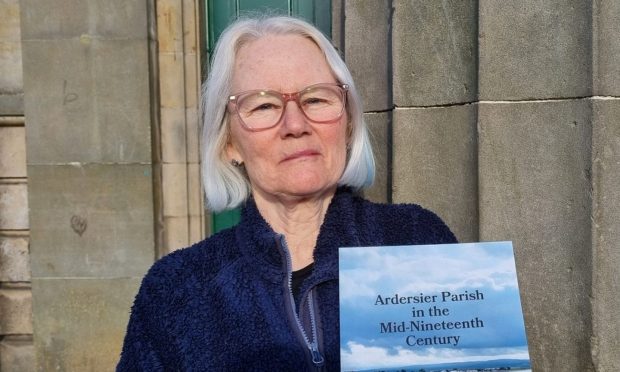
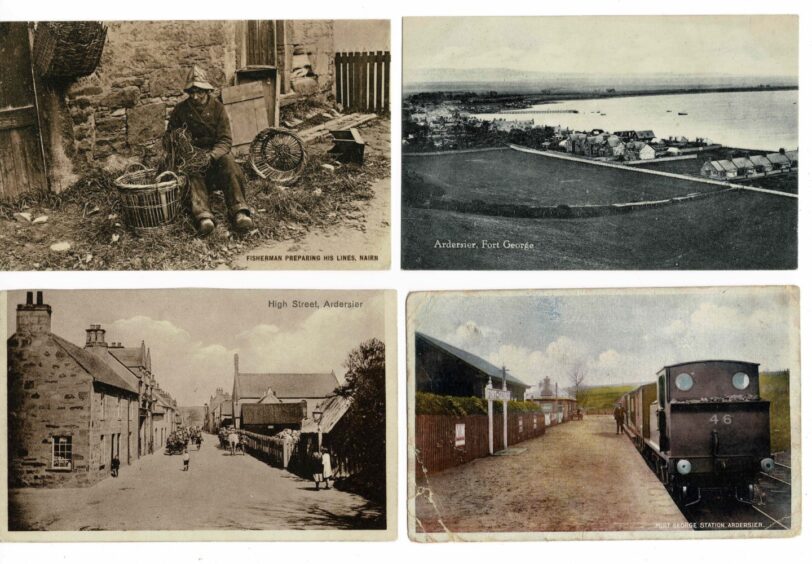
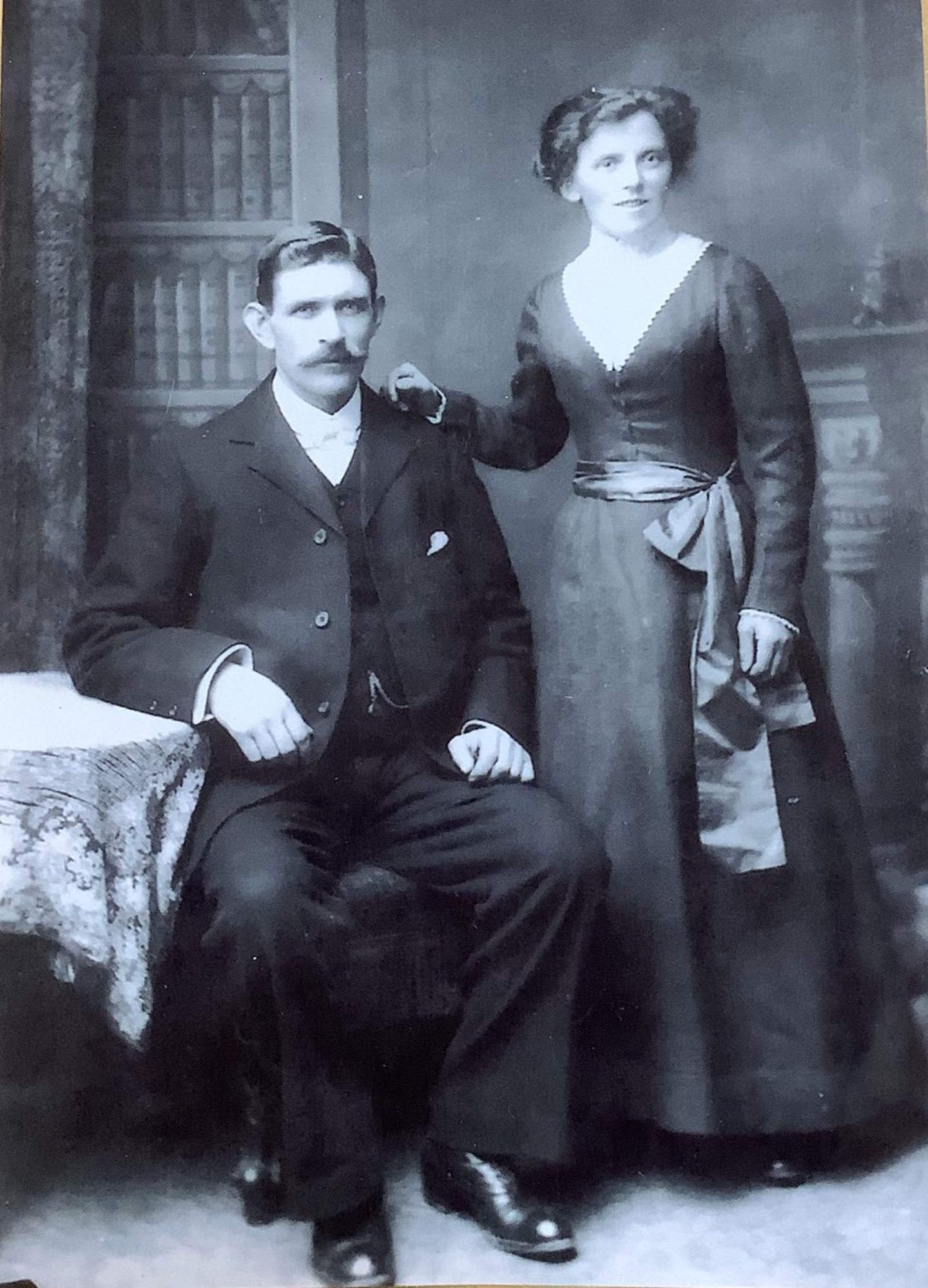
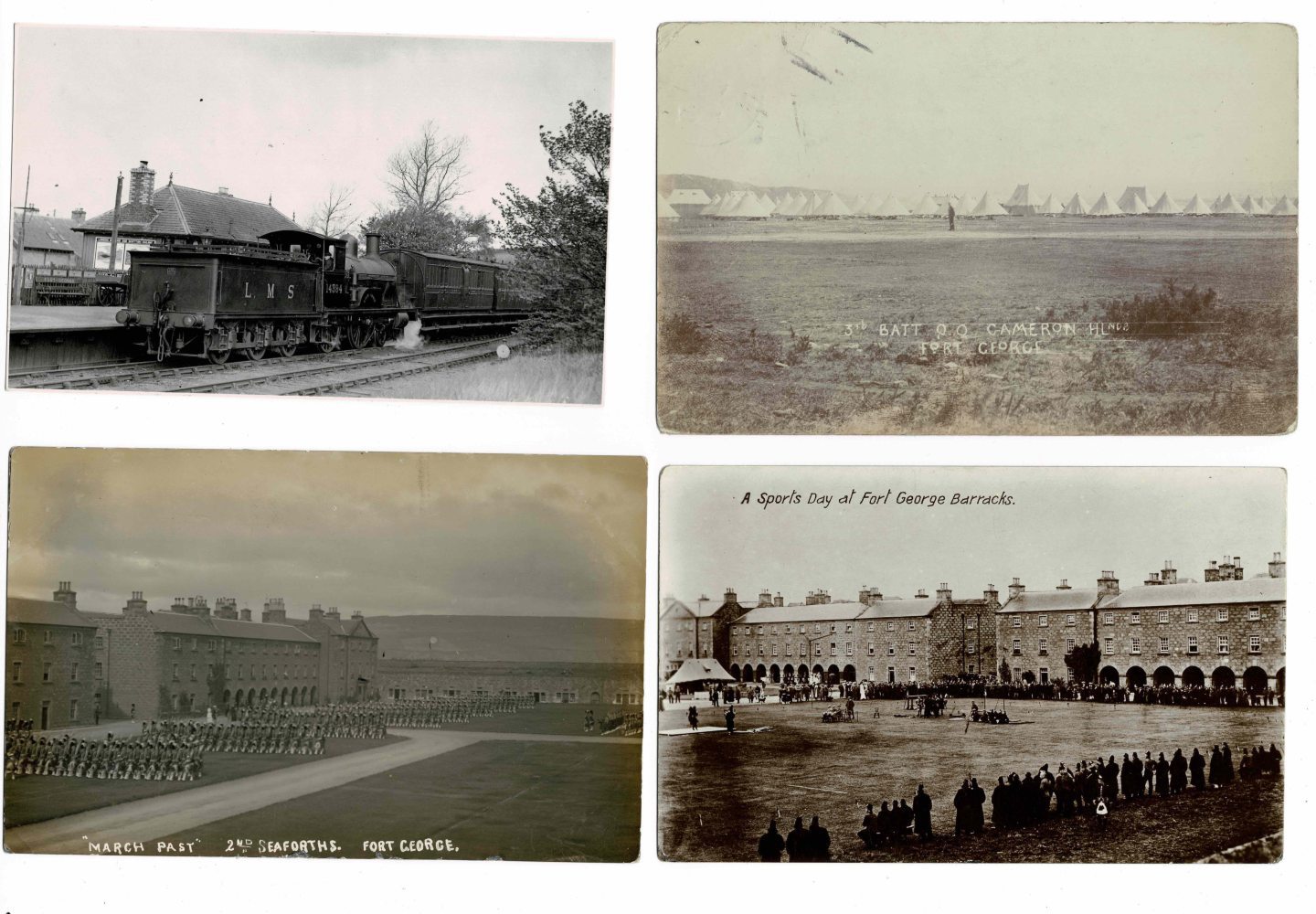
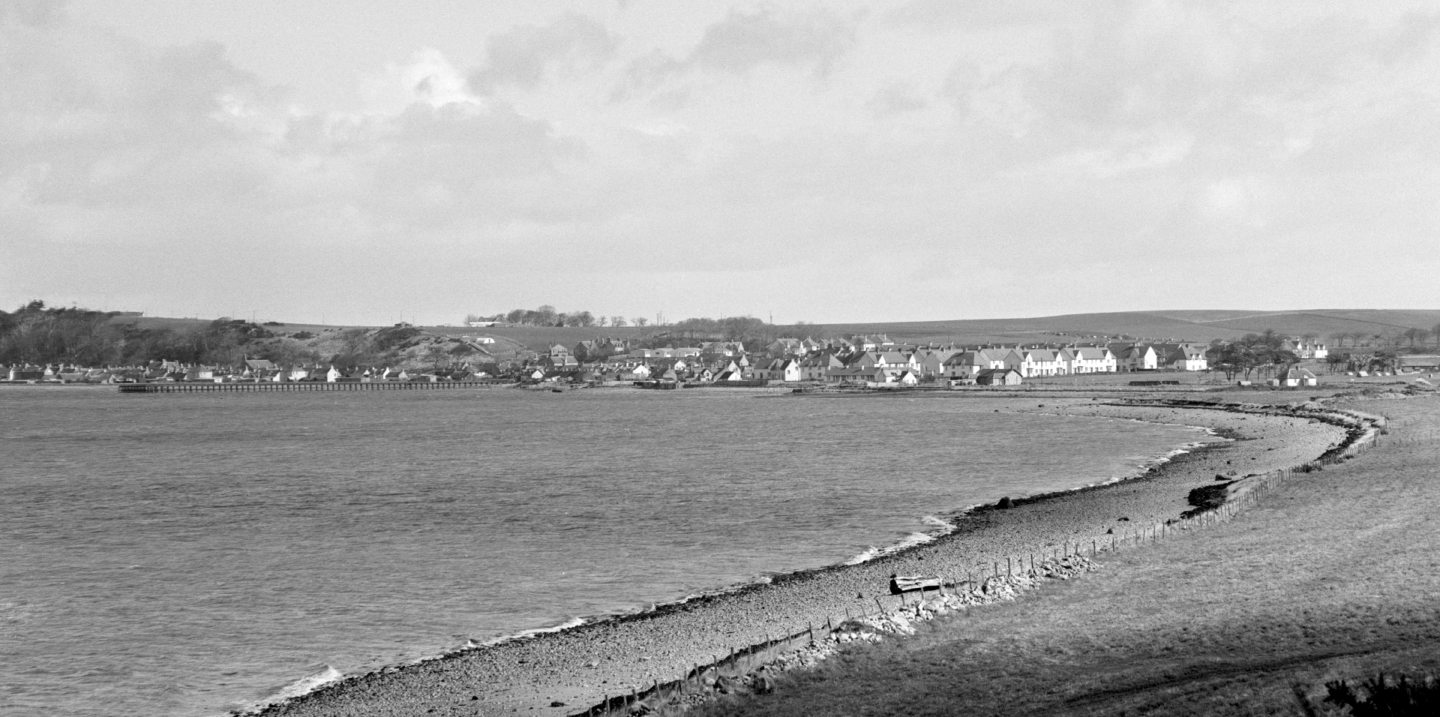
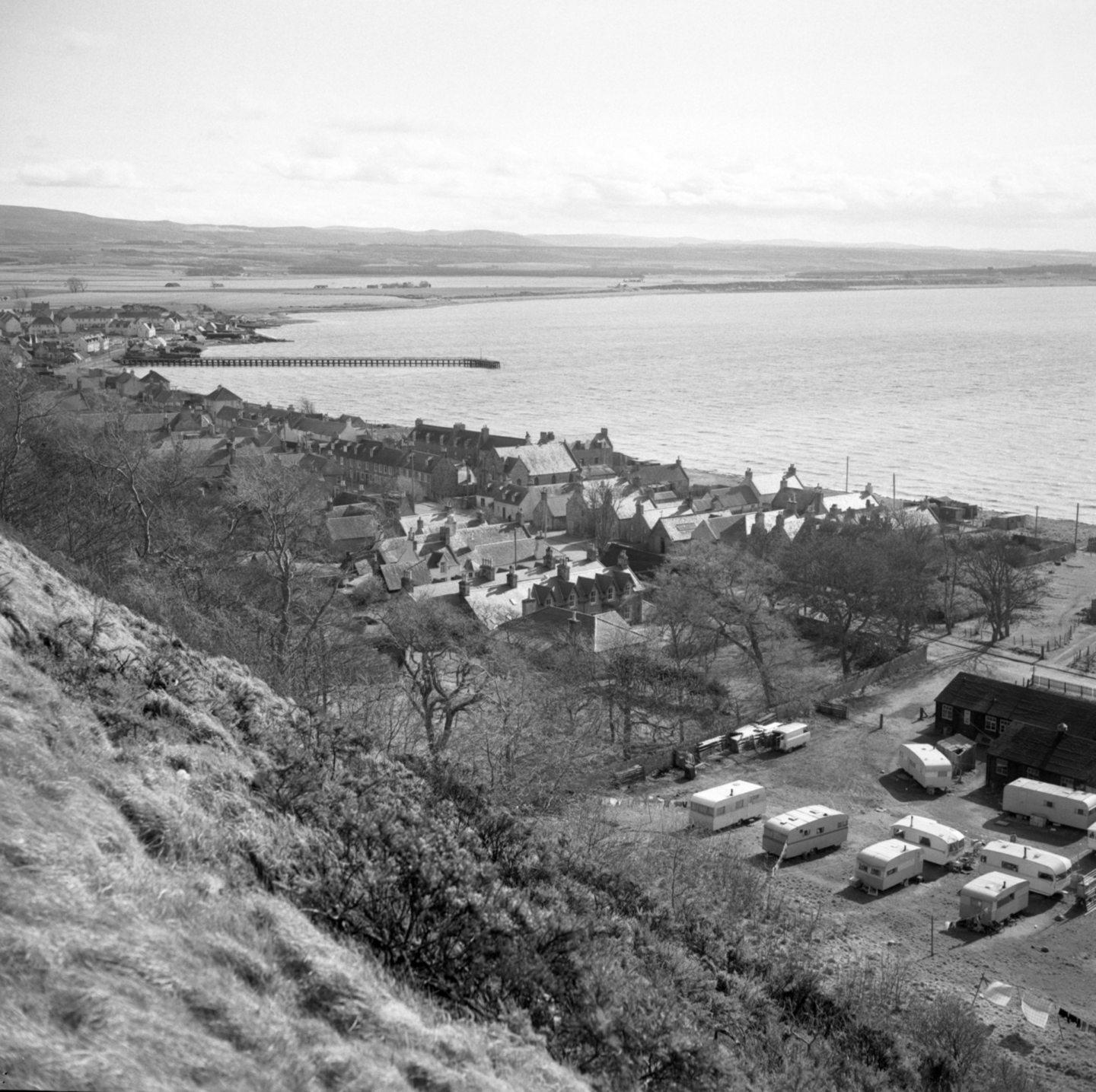
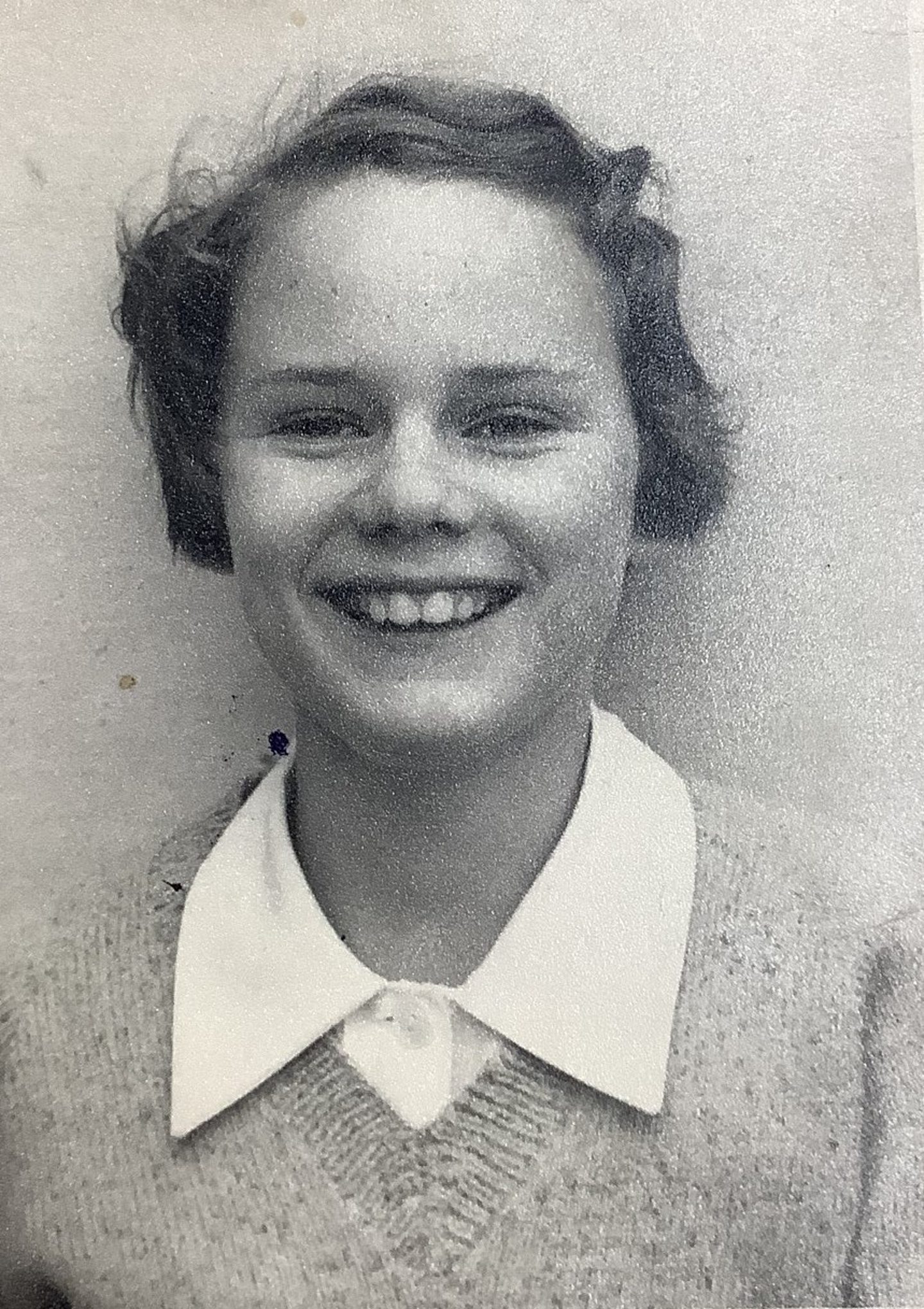
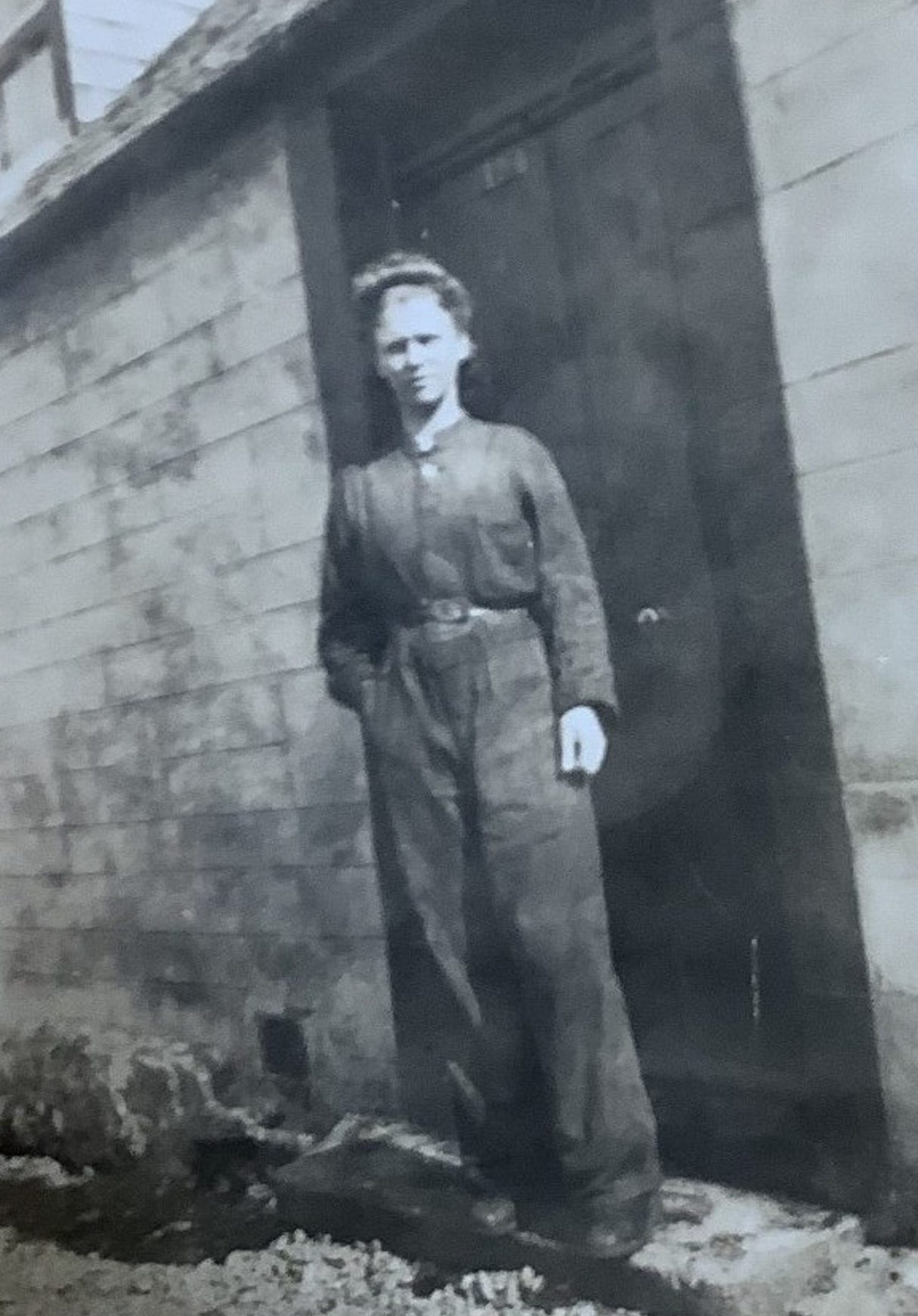
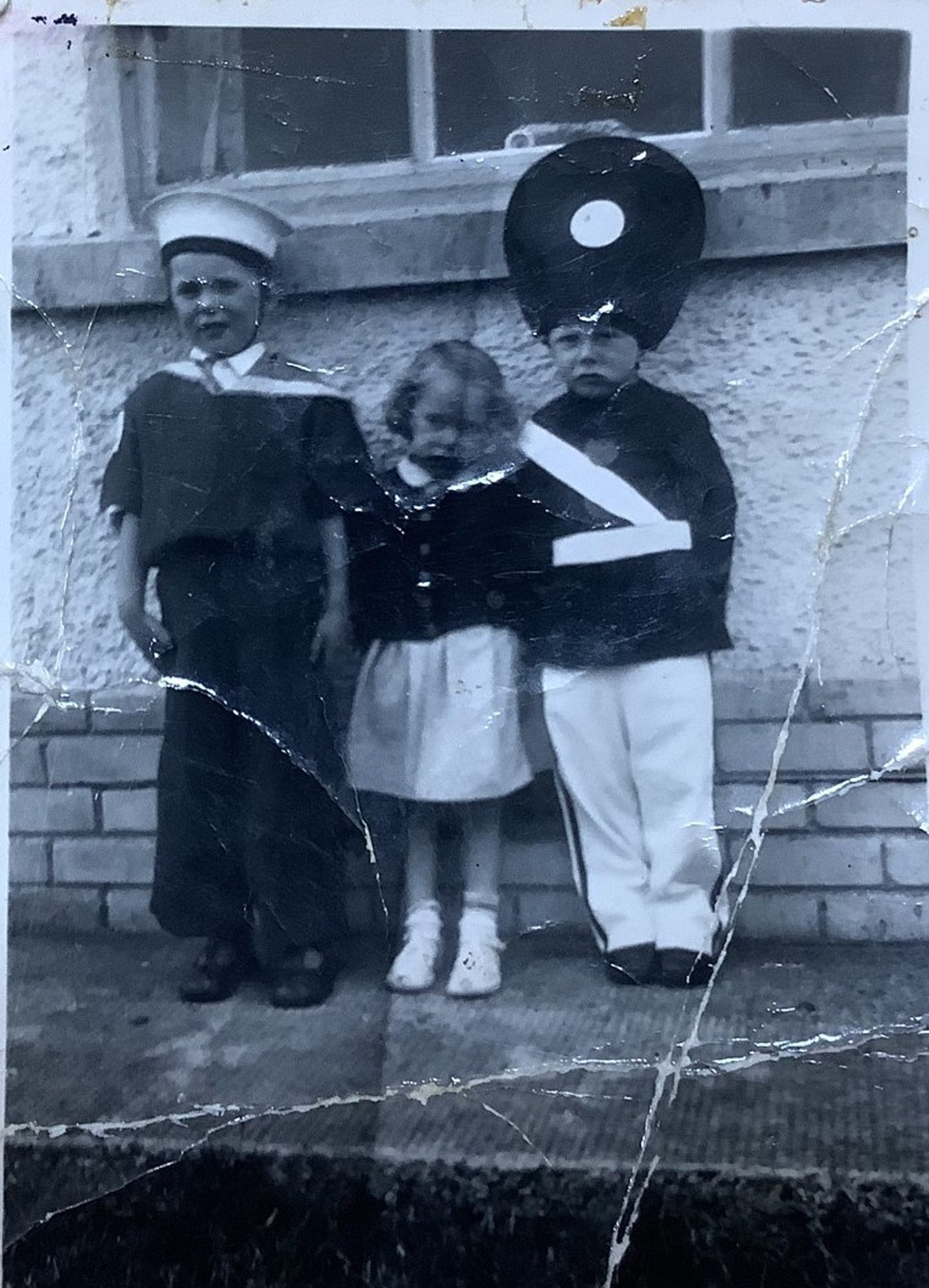
Conversation